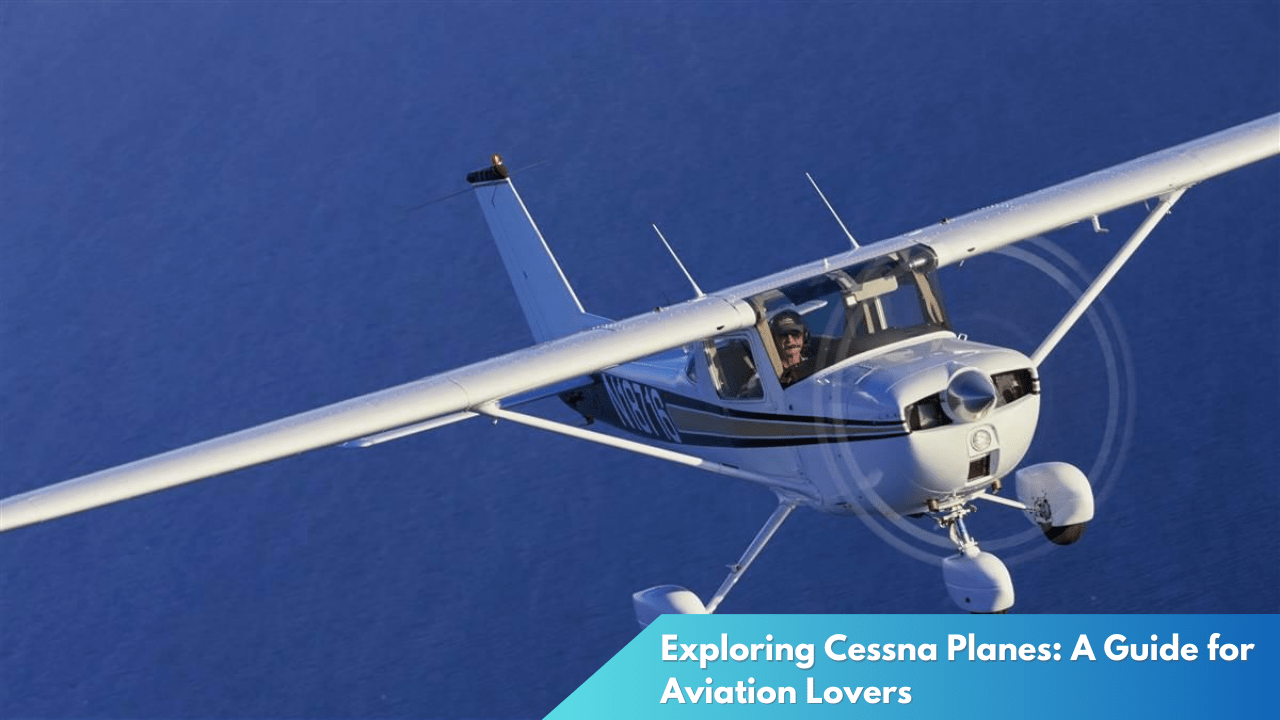Future Trends: Aviation Innovations with Cessna 172 Skyhawk
As the aviation industry continues to evolve, the Cessna 172 Skyhawk remains a steadfast icon of general aviation. Known for its reliability and user-friendliness, the Skyhawk has been the world’s most produced aircraft. However, as we move further into the 21st century, even this stalwart must adapt to meet new demands and leverage cutting-edge technologies. This article explores how the future of aviation will influence developments in the Cessna 172, highlighting the innovations poised to enhance the Skyhawk experience.
Exploring the Future of Aviation with Cessna 172
The aviation industry is on the brink of a new era, driven by rapid technological advancements and a growing emphasis on sustainability. For the Cessna 172 Skyhawk, this means integrating innovative systems that align with the latest industry standards while maintaining its reputation for dependability. As regulations tighten around emissions and noise pollution, the Skyhawk must adapt to ensure it remains a viable option for training and recreational flying. This transformation involves not only technological updates but also a strategic approach to align with broader aviation trends.
Electrification is one of the key trends shaping the future of general aviation, including the Cessna 172. The push towards electric-powered aircraft is motivated by the need to reduce carbon emissions and operational costs. For the Skyhawk, this could entail the development of hybrid or fully electric models that provide the same level of performance while minimizing environmental impact. Implementing greener propulsion systems will not only enhance the aircraft’s appeal but also ensure its relevance in a rapidly changing industry landscape.
Another critical aspect shaping the Skyhawk’s future is the integration of advanced avionics and automation. As technology advances, pilots expect more sophisticated navigation and control systems that improve flight safety and efficiency. The Cessna 172 is likely to see upgrades in its avionics package, incorporating features such as enhanced GPS, autopilot options, and digital cockpit interfaces. These enhancements will cater to the next generation of pilots who seek to balance traditional flying skills with modern technological support, ensuring the Skyhawk remains an attractive choice for both novice and experienced aviators.
Innovations Set to Elevate the Skyhawk Experience

The future of the Cessna 172 Skyhawk is closely linked to innovations aimed at enhancing pilot and passenger experiences. One such innovation is the integration of augmented reality (AR) and virtual reality (VR) training modules. These tools can offer immersive training environments that simulate various flight scenarios, helping pilots develop their skills more effectively. By incorporating AR and VR into the Skyhawk training ecosystem, Cessna can ensure that pilots are better prepared and more confident when operating in diverse flight conditions.
Another promising innovation lies in the realm of connectivity. As digital connectivity becomes more integral to modern life, the aviation industry is no exception. The Skyhawk may soon feature enhanced connectivity options that allow for real-time data exchange between aircraft and ground control, as well as between pilots and air traffic management systems. This capability can improve situational awareness, enable predictive maintenance, and enhance overall flight safety. By embracing these connectivity advancements, the Skyhawk can offer a more seamless and secure flying experience.
Lastly, sustainable materials and manufacturing processes are set to play a significant role in the future of the Cessna 172. As the aviation industry faces increasing pressure to minimize its environmental footprint, manufacturers are turning to eco-friendly materials and more efficient production techniques. The Skyhawk could benefit from lightweight composite materials that improve fuel efficiency without compromising structural integrity. Additionally, incorporating sustainable practices in production and maintenance can reduce lifecycle costs and attract environmentally-conscious customers, ensuring the Skyhawk’s continued success.
The Cessna 172 Skyhawk, with its rich history and proven performance, stands at the threshold of a transformative era in aviation. By embracing innovations such as electrification, advanced avionics, and sustainable practices, the Skyhawk can continue to soar into the future. As these trends take hold, the Skyhawk will not only maintain its iconic status but also redefine what it means to be a leader in general aviation. Through strategic adaptation and technological integration, the Cessna 172 is poised to inspire a new generation of pilots and aviation enthusiasts, ensuring its legacy endures for years to come.




